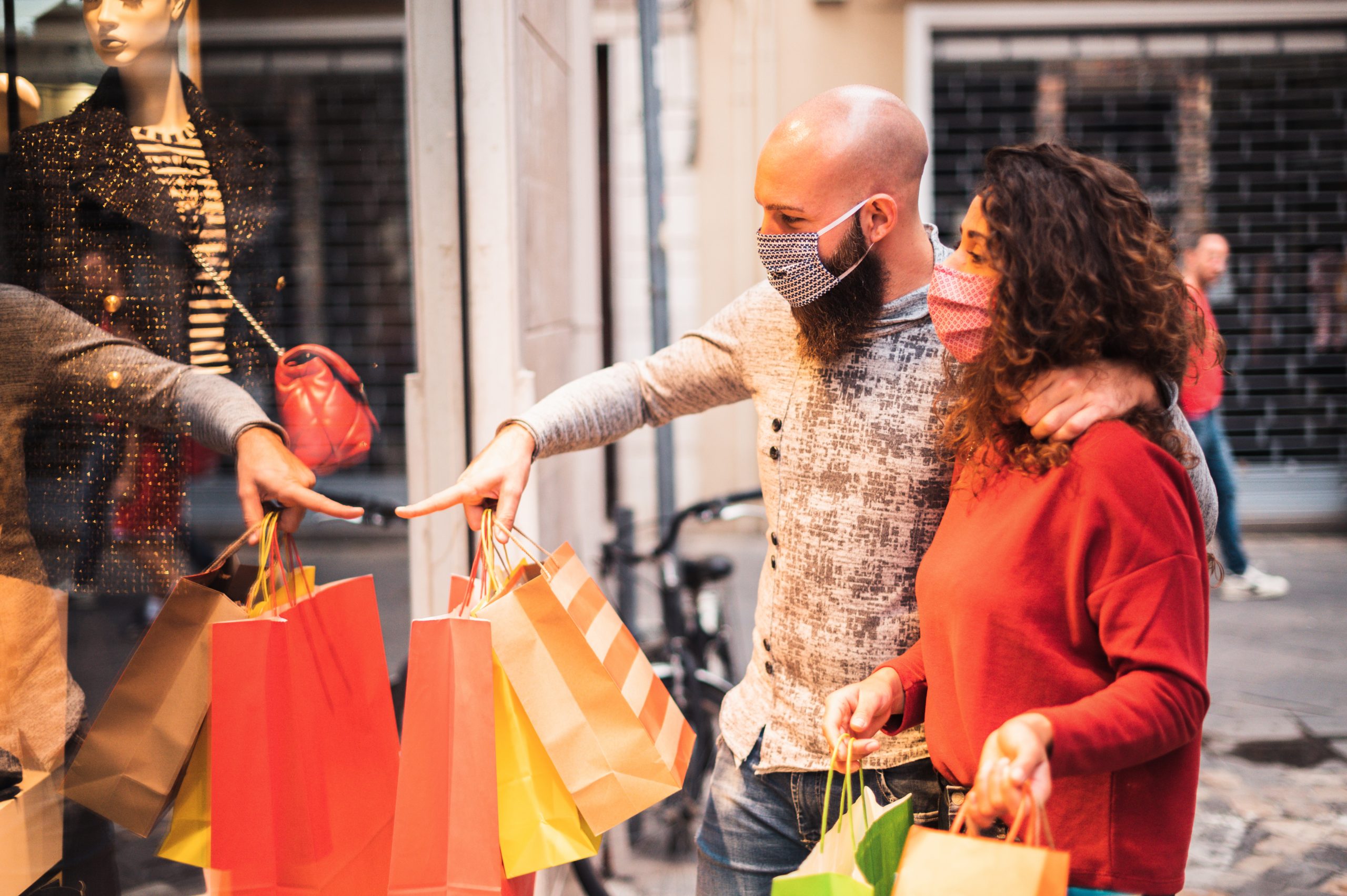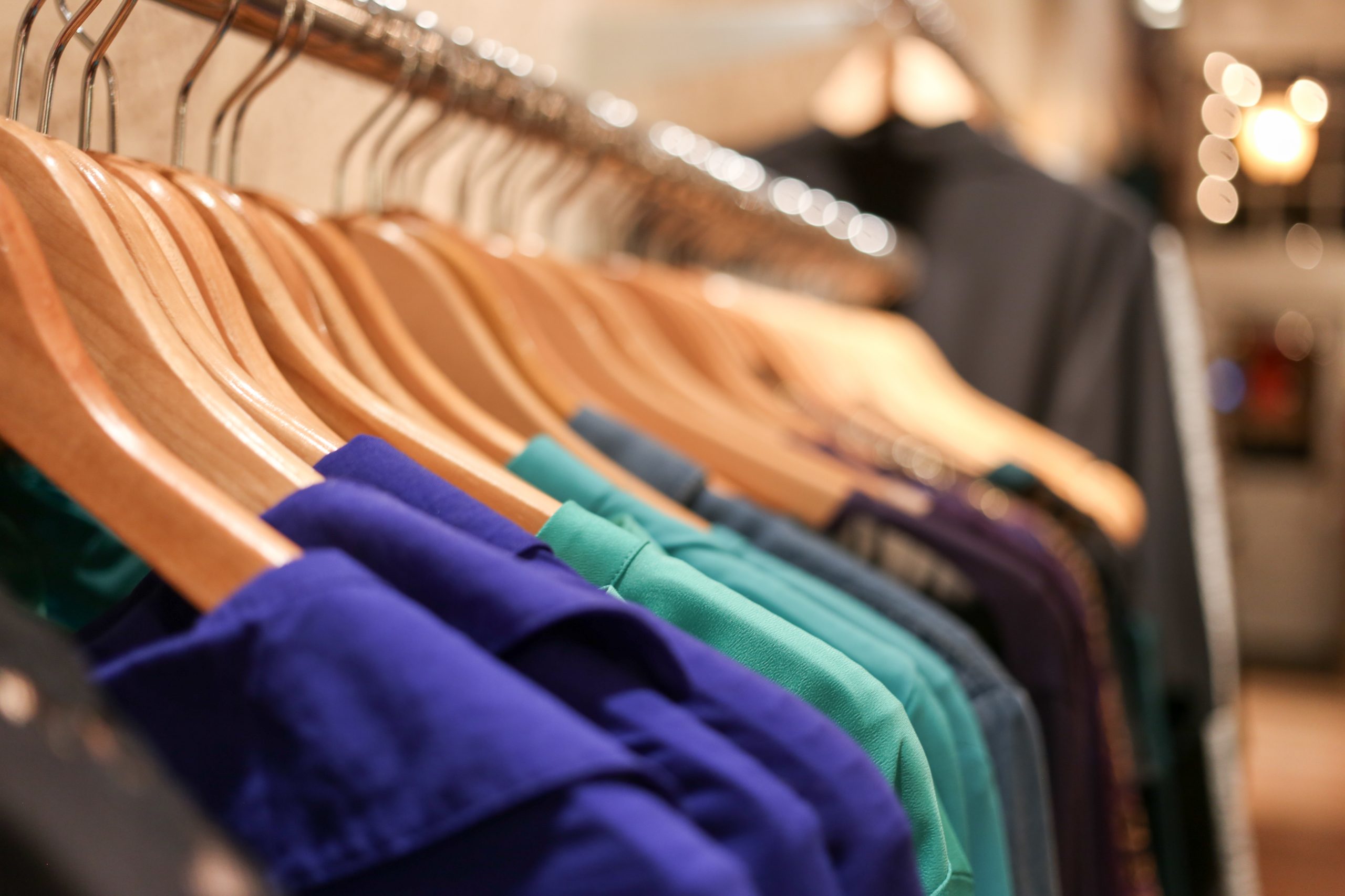Knowing your customer is essential in the best of times. In a post-pandemic world, it will be the difference between survival and failure.
I had the pleasure to work with Klarna on their latest report Clicks and Cliques: Understanding Modern Shoppers where we identified five distinct shopper tribes for the post-COVID world. Based on a survey of 4,000+ consumers across Europe, the UK, USA and Australia, the report examines how shopping behaviour has evolved and how retailers can stay relevant in a fast-moving world.
Good value for money is naturally a top priority for shoppers this year, with more than two-thirds (67%) suggesting it has become more important since the start of the pandemic. It’s followed by promotions and deals (60%), a good reputation and trustworthiness (60%) and having a wide range of products available (58%) — perhaps fuelled, in part, by shortages on the shelves earlier in the year.
Over half of respondents said that an easy returns process (55%) and next or same day delivery options (51%) have become more important this year — naturally coinciding with 49% doing more of their shopping online and 44% doing most or all their shopping online now.
The ability to pay flexibly has also grown in importance, according to 45% of respondents — and this can be a real dealbreaker. Four in ten (42%) prefer to shop from brands or retailers that offer flexible payment options, while three in ten (32%) won’t shop from those that don’t.
Commenting on the research, Luke Griffiths, CCO at Klarna, said: “This year’s events have transformed the way we browse and buy, reinventing our relationships with brands and retailers and accelerating change at an unprecedented rate. Merchants must keep a finger on the pulse of their customers wants and needs and adapt their products and service offers accordingly to build a connection with shoppers to drive loyalty and, ultimately, sales.”
Natalie Berg, Retail Analyst and Founder of NBK Retail, added: “The retail industry is no stranger to disruption, yet nothing in our lifetime has jolted the industry like Covid. As retailers look to navigate the new normal, resilience and agility will be essential for survival. There will be no return to the status quo. The days of being everything to everyone are well and truly over: in order to find their tribe, retailers need to be bold about who they are and what they stand for. Opportunities have emerged, enabling retailers to reimagine both physical and digital commerce for the future.”
Download the full report here.






